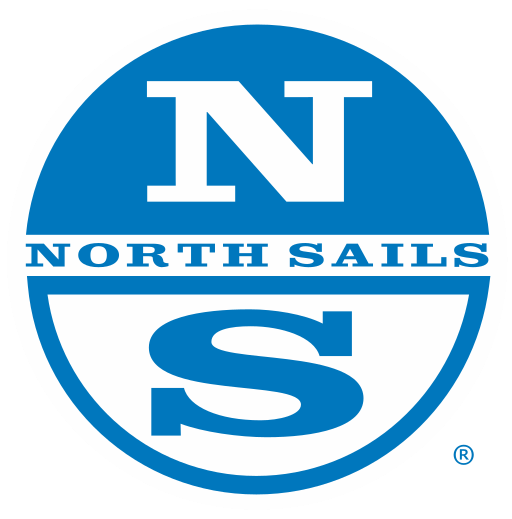Checking out the Thistle sailboats for sale on our Thistle Marketplace? Here are 5 things to check before buying an older Thistle sailboat.
Thistles can generally be found for $2,000 – $15,000 depending on their age, condition, rigging, etc. Purchasing a new Thistle will cost between $20,000 – $25,000 for an all-up boat ready to sail. (Read more about the boat.)
Before purchasing a Thistle, you will want to consider how you will use it:
- as a daysailor,
- to learn how to sail/race, or
- primarily for racing.
You’ll also want to consider how much work you want to do on the boat initially as well as maintenance each year. New Thistles are all built out of fiberglass, however you can still purchase one of the older mahogany boats (either restored or needing restoration).
Table Contents
Before purchasing a used fiberglass Thistle sailboat, check the following:
1. Condition of the woodwork
Are the rails delaminating? Is the wood in good condition or is it really black (particularly mahogany/ash). Teak rails will not turn dark (or can be lightened using teak cleaner), however bleaching mahogany once it is black is very difficult and does not work well.
2. Stiffness of the boat
If you step in the boat, does it flex a lot under your feet? Can you easily depress the sides of the boat up front (especially around the waterline)? This is definitely important if you plan on racing the boat, however in general it does signal the quality of the boat’s construction.
3. Color of the mast
Is the mast silver, black, gold or wood? You definitely want a black or silver mast if you plan on racing the boat. Add the price of a new mast ($1,000) into the boat’s price if the boat comes with a gold or wooden mast. The old gold masts are much too stiff for competitive racing.

Note the black mast on 3905 and 3719 and the silver mast on 4032.
4. Presence of cracks and creases in the hull
Look at the bottom of the boat (yep; crawl under and take a look). Does the bottom of the boat have a lot of stress cracks (they look like spider webs)? Most used boats will exhibit these cracks. However if there are too many, it signifies a weakening of the fiberglass.
You’ll also want to look at the trailer bunks the boat has been sitting on. If they are 2″-3″ wide and run the length of the boat, check under the bunks for creases in the bottom of the hull. These are relatively difficult to fix, and they affect the speed of the boat.
Check around the edges of tanks for cracks (as well as on the tanks themselves) for the stress cracks mentioned earlier. Tanks sometimes become cracked where they are attached to the hull. This can be a major problem because they are relatively difficult to patch as a “do-it-yourself” project. Remember, leaky tanks can be very unfortunate in the event of a capsize! Definitely look closely at this, and if you purchase a boat in this condition, fix them or have them fixed.
5. Weight of the boat
If you intend to competitively race the boat, it is important to consider the boat’s weight. If you purchase the boat from a racer, they will likely know the boat’s weight (measured as the total weight of the hull, flotation tanks, centerboard, rudder, tiller, mast, boom, mainsheet, and attached hardware and rigging).
Minimum weight is preferable (515lbs), however 10-15lbs overweight will be acceptable except perhaps at the highest competitive levels. If the boat is 15-25lbs light, then more likely than not the hull is not as well constructed as it could be. Weight should certainly not be your number one concern, but keep it in mind if you intend to race the boat competitively.
One last note about buying a used Thistle sailboat
These are simply suggestions for you to look at when considering which Thistle to purchase. If you’re looking for all these elements to be perfect, you probably won’t find a used boat to purchase (of any class). However if a boat exhibits all these qualities negatively, you may want to keep looking – especially if you intend to race it. Thistles age extremely well compared to most one-design classes, however their condition is still a function of how they have been cared for.
Once you’ve bought a boat, check out the resources we offer on rebuilding and rigging a Thistle.
Does this process sound intimidating?
Most Thistlers would be happy to help you examine a boat. If you’re new to the class, check out our Find a Fleet map to find and contact a Thistler near you.





